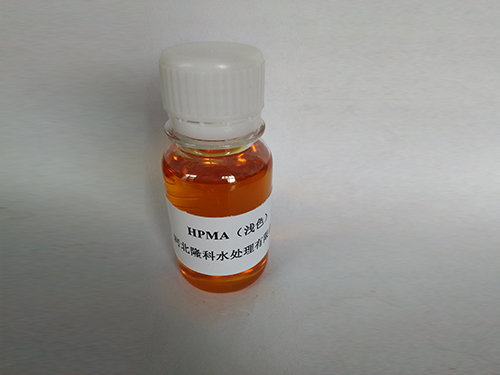hedp
Understanding HEDP The Importance of a Stable Chelating Agent in Water Treatment
HEDP, or Hydroxyethylidene Diphosphonic Acid, is a widely used chelating agent primarily in water treatment applications. Its unique chemical structure and properties make it an essential component in various industrial processes, particularly in preventing scale formation and corrosion in water systems. In this article, we will delve into the significance of HEDP, its applications, and its environmental considerations.
Chemical Properties of HEDP
HEDP is a phosphonate compound that contains two phosphonic acid groups and a hydroxyethyl group. This structure allows HEDP to effectively bind with metal ions such as calcium, magnesium, and iron, which are prevalent in water systems. By chelating these metal ions, HEDP inhibits their ability to form scale, a common issue in boilers, cooling towers, and other industrial water systems. The ability of HEDP to form stable complexes with metal ions is one of the key factors that underlie its effectiveness as a scale inhibitor.
Applications of HEDP
.
Apart from water treatment, HEDP is also utilized in detergents, soaps, and cleaning agents due to its ability to bind with metal ions that can interfere with cleaning efficacy. Additionally, it finds its application in agriculture as a chelating agent for micronutrients, facilitating their absorption by plants.
hedp

Environmental Considerations
As with any chemical compound, the environmental impact of HEDP must be considered. While it is generally regarded as a safe and effective agent, its phosphate content raises concerns about potential eutrophication in aquatic environments. When HEDP is released into water bodies, it can contribute to nutrient pollution, leading to excessive algae growth and depletion of oxygen, which negatively affects aquatic life.
However, compared to other phosphonates and phosphates, HEDP has a relatively low potential for environmental toxicity. Studies indicate that HEDP degrades more rapidly in the environment and poses less risk to aquatic organisms. Moreover, the advancements in water treatment technologies, such as the use of bioremediation and advanced oxidation processes, allow for better management of HEDP in industrial wastewaters.
Conclusion
HEDP is a vital chelating agent that plays a significant role in water treatment and various industrial applications. Its effectiveness in preventing scale formation and corrosion is indispensable for the maintenance of equipment efficiency and longevity. While environmental considerations are essential when using HEDP, its relatively lower toxicity and fast degradation rates offer a promising outlook for sustainable usage.
As industries continue to seek solutions for water-related challenges, the significance of HEDP will likely grow. Innovations in water treatment, along with responsible chemical management, can ensure that HEDP continues to be an essential tool for maximizing efficiency and minimizing environmental impacts. Understanding and integrating such chemicals into a broader framework of sustainability is crucial for future industrial practices.
-
The Ultimate Guide to Flocculants: Transforming Water TreatmentNewsNov.01,2024
-
Improve Your Water Treatment Solutions with PolyacrylamideNewsNov.01,2024
-
Enhance Your Water TreatmentNewsNov.01,2024
-
Empower You to Achieve the Highest Standards of Water QualityNewsNov.01,2024
-
Effective Scale InhibitorsNewsNov.01,2024
-
Discover the Power of Poly Aluminum Chloride in Water TreatmentNewsNov.01,2024





